Charging an electric car is essential for keeping it running, but it comes with its own set of challenges. From long wait times to limited charging infrastructure, these issues can be frustrating for electric vehicle owners. Here are the worst things about charging an electric car.
Contents
Limited Charging Infrastructure
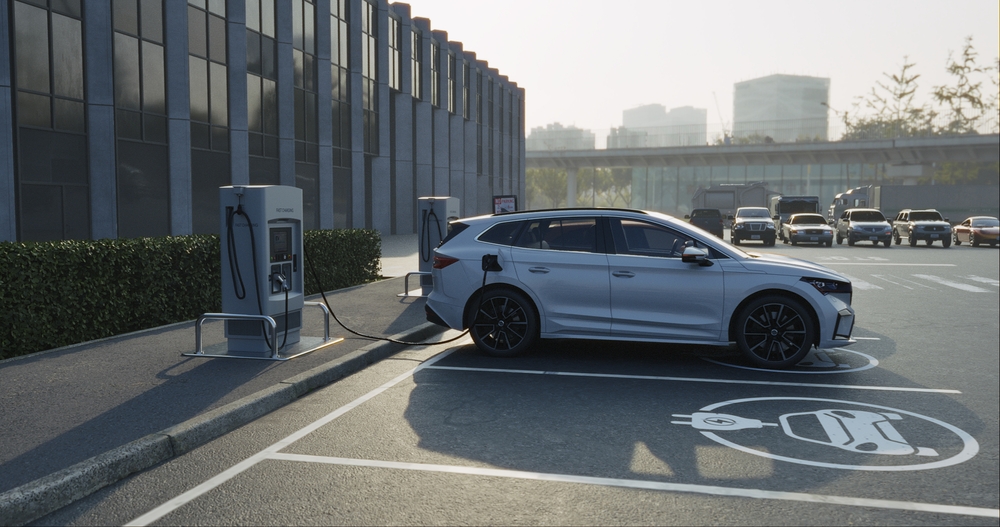
One of the biggest challenges with charging an electric car is the limited availability of charging stations, especially in rural or remote areas. Unlike gas stations, which are plentiful, charging stations can be sparse, making long trips difficult. To mitigate this, plan routes in advance using apps that map out charging stations and consider installing a home charging unit for convenience.
Long Charging Times
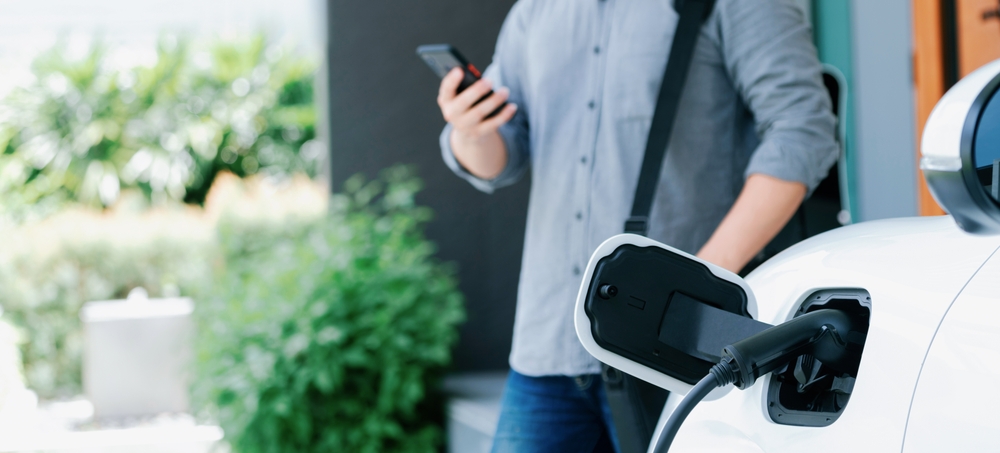
Compared to refueling a gasoline car, charging an electric vehicle (EV) can take significantly longer. Even with fast chargers, it can take 30 minutes to several hours to reach an 80% charge. This inconvenience can disrupt travel plans and daily schedules. To minimize downtime, charge your EV overnight or during periods when you don’t need to use your car immediately.
Compatibility Issues
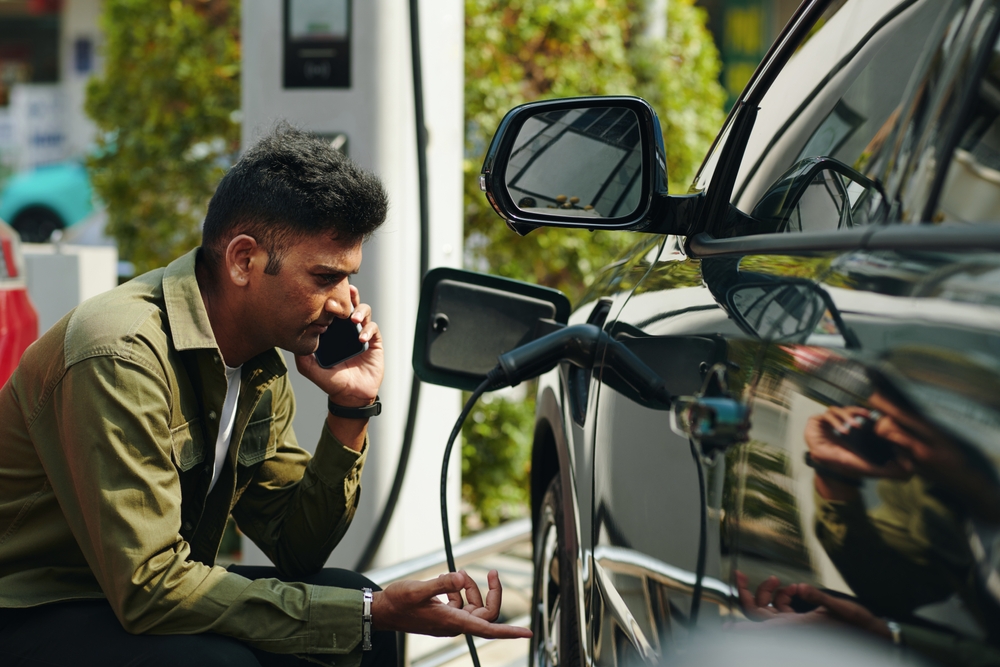
Not all charging stations are compatible with all EVs. Different manufacturers use different connectors and charging standards, which can be frustrating for drivers. To avoid this issue, carry the appropriate adapters and research compatible charging networks for your specific vehicle before embarking on a journey.
High Upfront Costs for Home Chargers
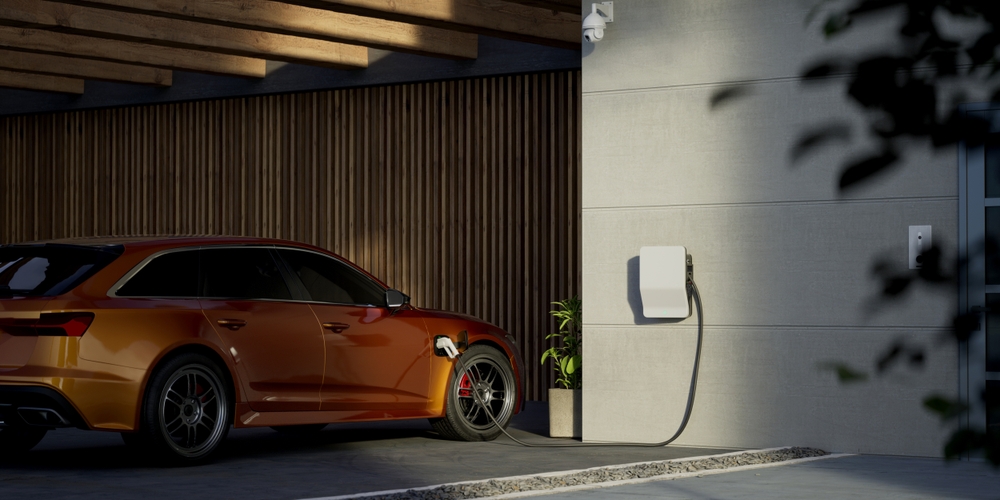
Installing a home charging station can be expensive, with costs ranging from $500 to $2,000 or more, depending on the charger and installation complexity. This upfront investment can be a barrier for some buyers. Look for government incentives or rebates that can help offset the installation costs.
Variable Charging Speeds
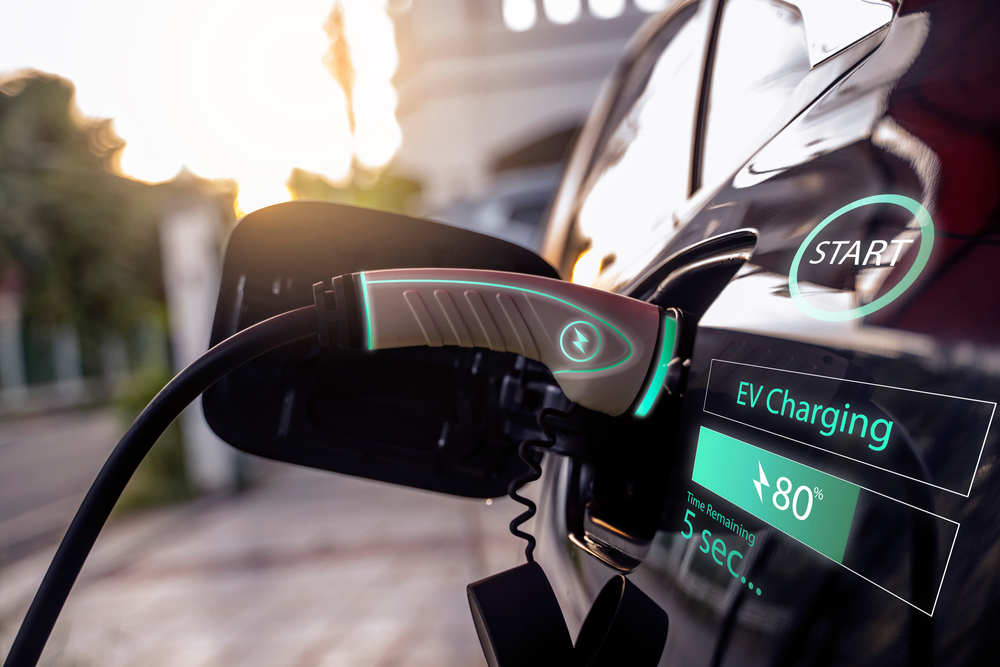
Charging speeds can vary significantly based on the type of charger and the EV’s battery capacity. Level 1 chargers (standard home outlets) are the slowest, taking up to 24 hours for a full charge, while Level 2 chargers (240-volt) are faster but still take several hours. Fast chargers are the quickest but can degrade battery life over time. Plan your charging needs according to your daily driving habits and charger availability.
Degradation of Battery Over Time

Frequent fast charging can accelerate battery degradation, reducing the overall lifespan and efficiency of the battery. To preserve battery health, use fast chargers sparingly and opt for slower, Level 2 charging for regular use. Keeping the battery charge between 20% and 80% also helps maintain its longevity.
High Cost of Replacement Batteries

If an EV’s battery degrades significantly, replacing it can be very costly, often running into thousands of dollars. This potential expense can be a deterrent for many buyers. To extend the life of your battery, avoid frequent fast charging and extreme temperature exposures, and follow the manufacturer’s maintenance guidelines.
Weather-Dependent Performance
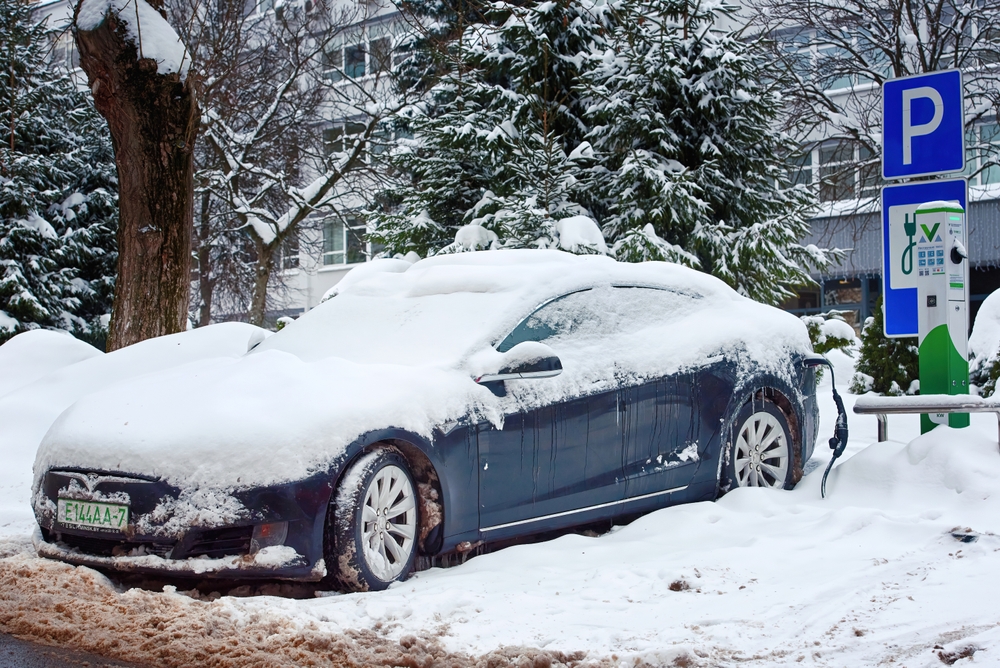
Extreme temperatures, both hot and cold, can impact an EV’s battery performance and charging efficiency. Cold weather can slow down charging times and reduce overall range, while excessive heat can cause overheating issues. Park your EV in a garage or shaded area to protect it from harsh weather conditions, and precondition your battery before driving in extreme temperatures.
Inconsistent Availability of Public Chargers
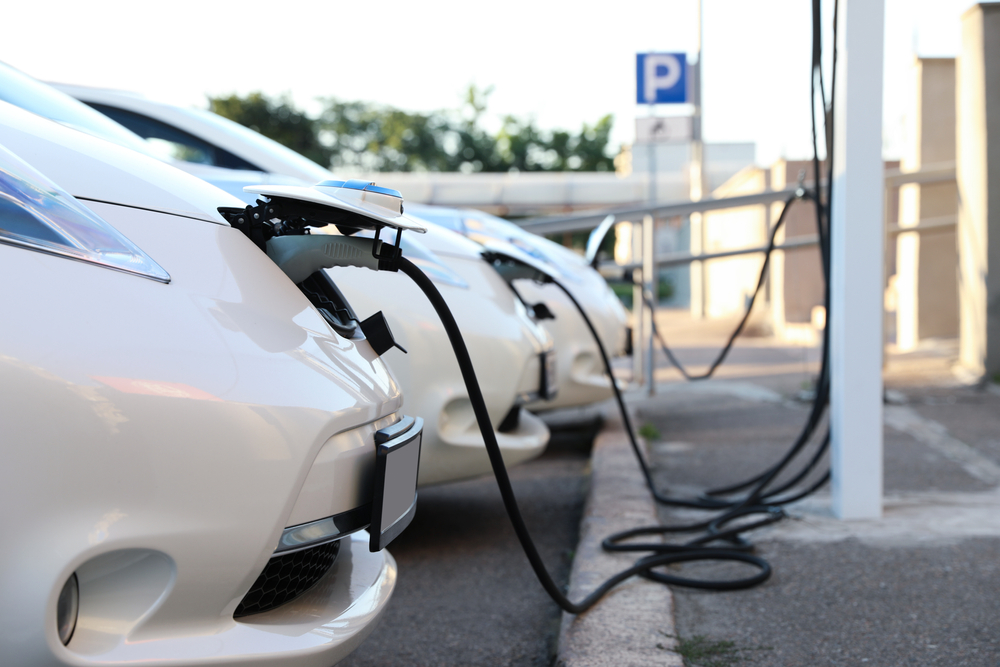
Public charging stations can sometimes be occupied or out of service, leading to delays and inconvenience. To avoid this, use apps that provide real-time information about the status and availability of charging stations, and always have a backup charging location in mind.
Complex Charging Etiquette
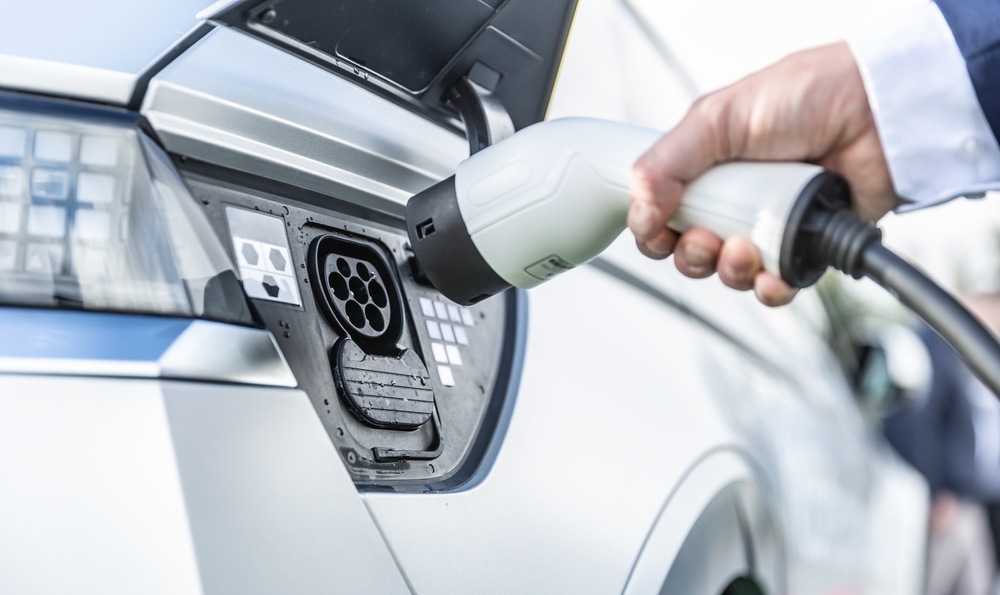
Understanding the etiquette of using public charging stations, such as not overstaying at a charger and moving your car once charging is complete, can be complex for new EV owners. Familiarize yourself with common courtesy practices and local regulations to ensure a smooth experience for yourself and others.
Potential for Vandalism and Theft
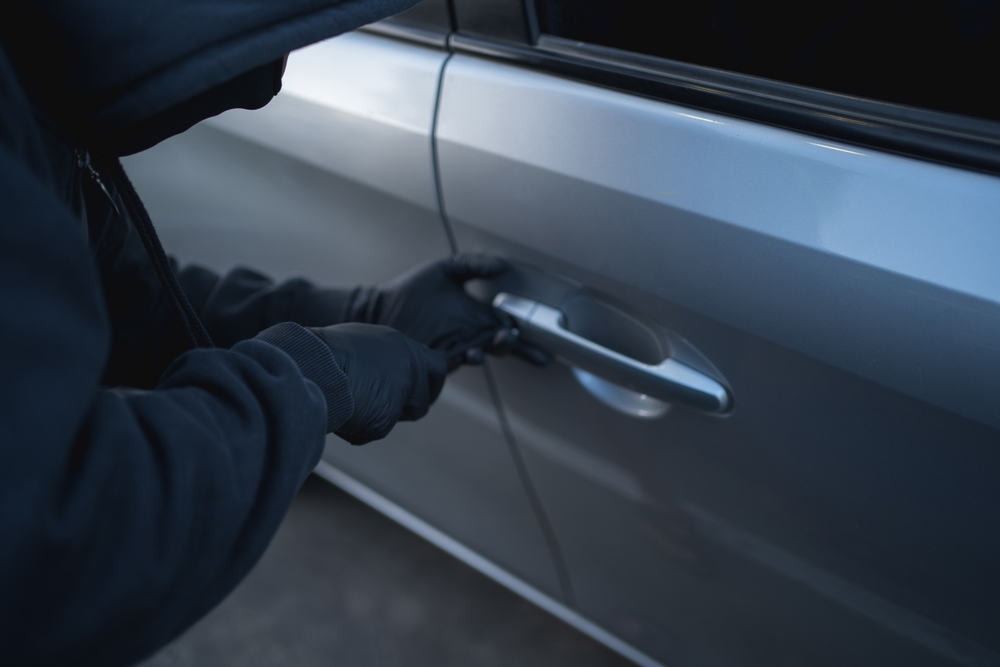
Public charging stations can sometimes be targets for vandalism or theft, resulting in damaged chargers or stolen cables. To minimize this risk, use well-lit, monitored charging locations and consider investing in a locking mechanism for your charging cable.
High Demand Leading to Wait Times

With the increasing popularity of EVs, charging stations can experience high demand, leading to long wait times, especially in urban areas. Plan your charging sessions during off-peak hours when possible to avoid long waits and ensure a more efficient charging experience.
Unpredictable Charging Costs
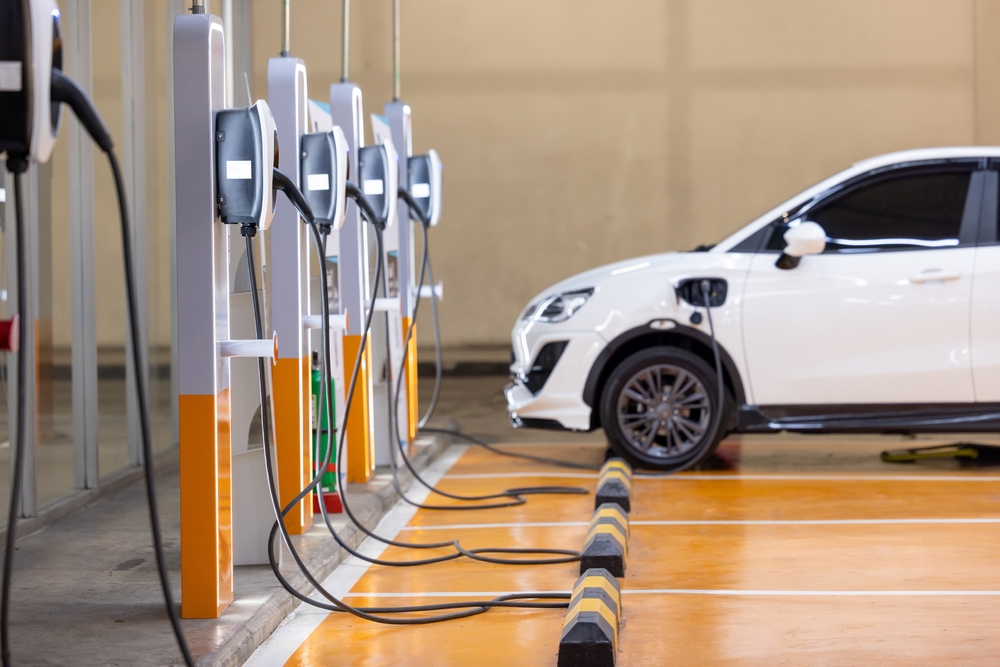
The cost of using public charging stations can vary widely, with some charging by the kilowatt-hour and others by the minute. This unpredictability can make it difficult to estimate charging expenses. Research the pricing structure of charging networks you plan to use and consider membership plans that offer fixed rates or discounts.
Complexity of Charging Apps and Networks
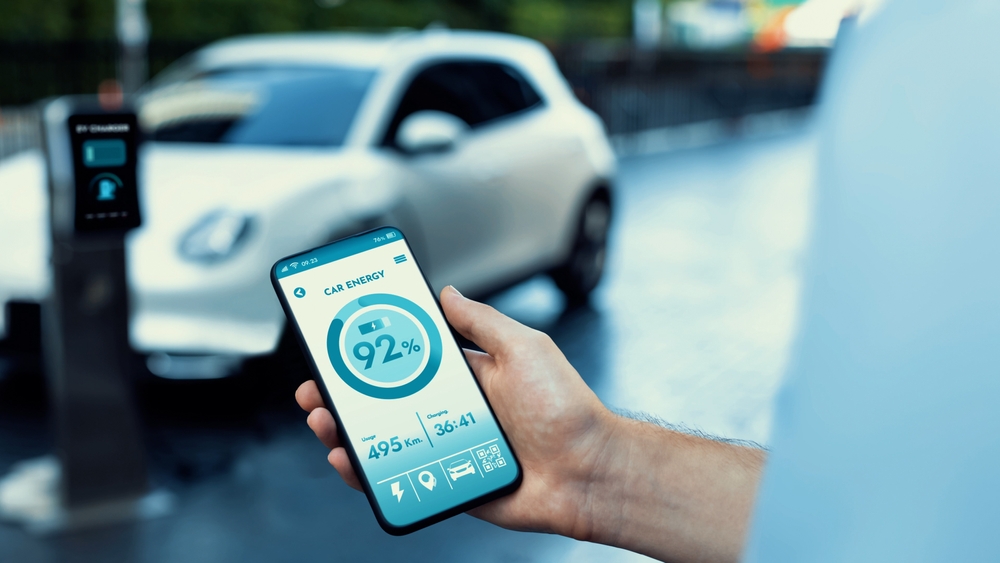
Managing multiple charging apps and network memberships can be cumbersome and confusing for EV owners. Simplify your experience by consolidating to a few key apps that cover the majority of your charging needs and offer seamless integration with your EV’s navigation system.
Charging Station Reliability
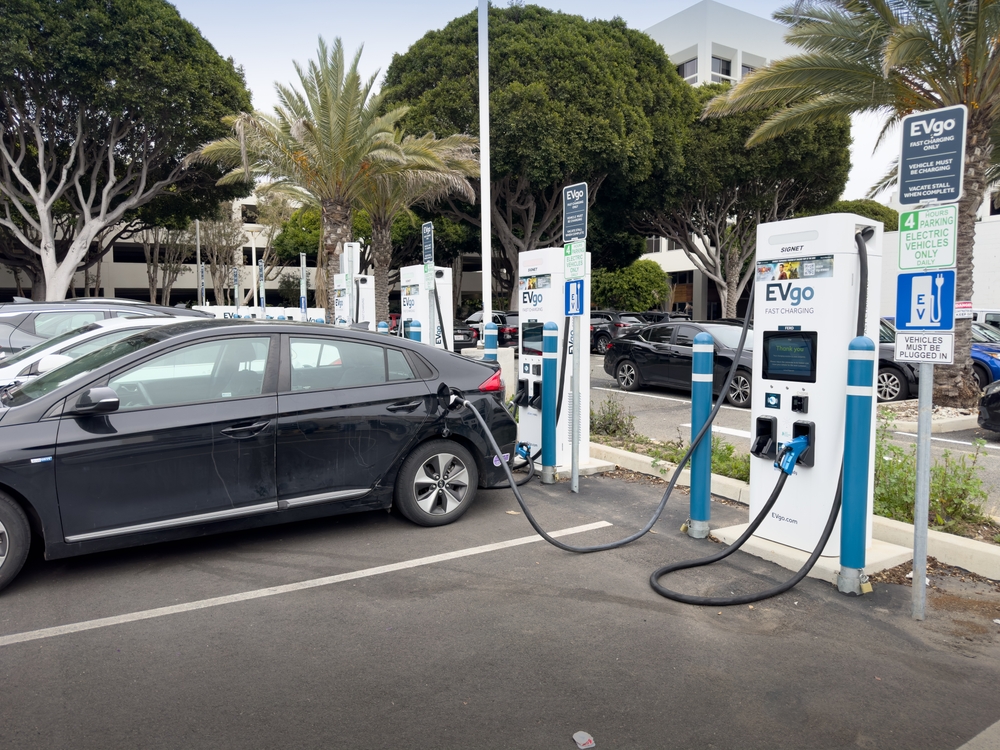
Public charging stations can sometimes be unreliable, with faulty or malfunctioning equipment causing charging interruptions. Regularly check reviews and status updates on charging apps to choose reliable stations, and report any issues to the charging network provider for resolution.
Range Anxiety

Fear of running out of charge before reaching a charging station, known as range anxiety, is a common concern among EV owners. Mitigate this by planning your trips carefully, knowing the range of your EV under different conditions, and keeping a portable charger or extra battery pack for emergencies.
Inconvenience for Long-Distance Travel
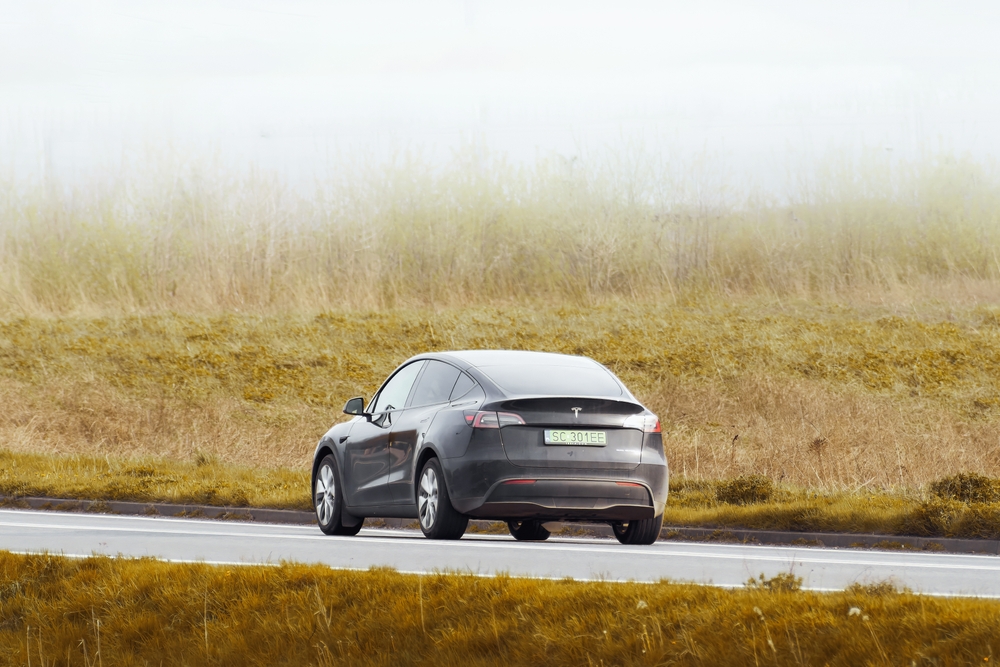
Long-distance travel in an EV requires meticulous planning to ensure access to charging stations along the route. This can be time-consuming and stressful compared to the convenience of gas stations. Plan your routes in advance using EV-specific trip planners and factor in extra time for charging stops.
Limited Charging Options in Apartment Complexes
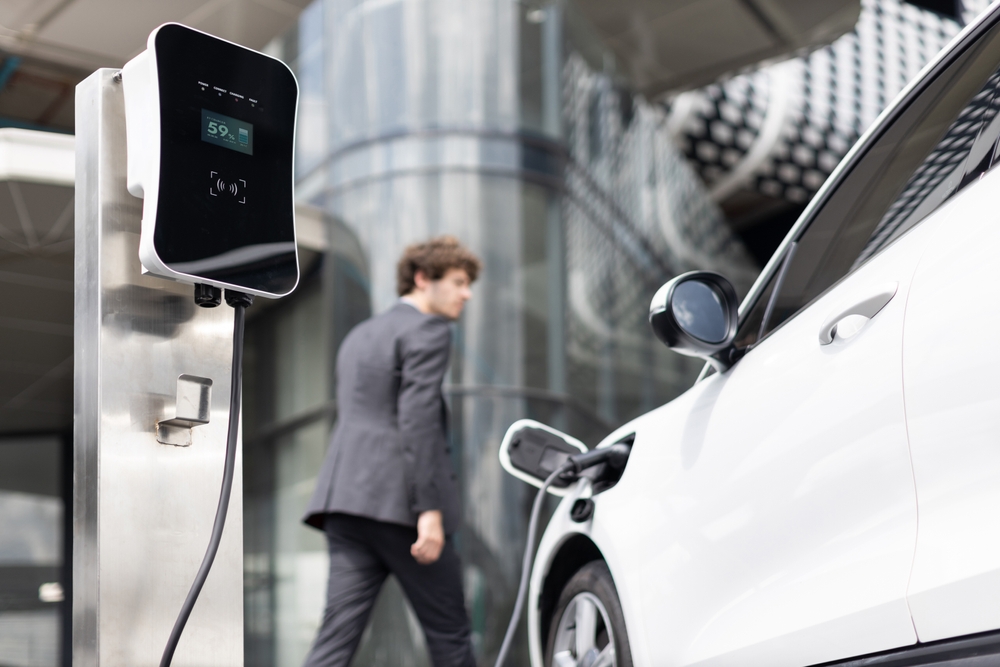
For those living in apartments or condos, access to personal charging options can be limited, making reliance on public chargers necessary. Advocate for the installation of charging stations in your building and explore portable charging solutions that can be used with standard outlets.
Safety Concerns with DIY Installations
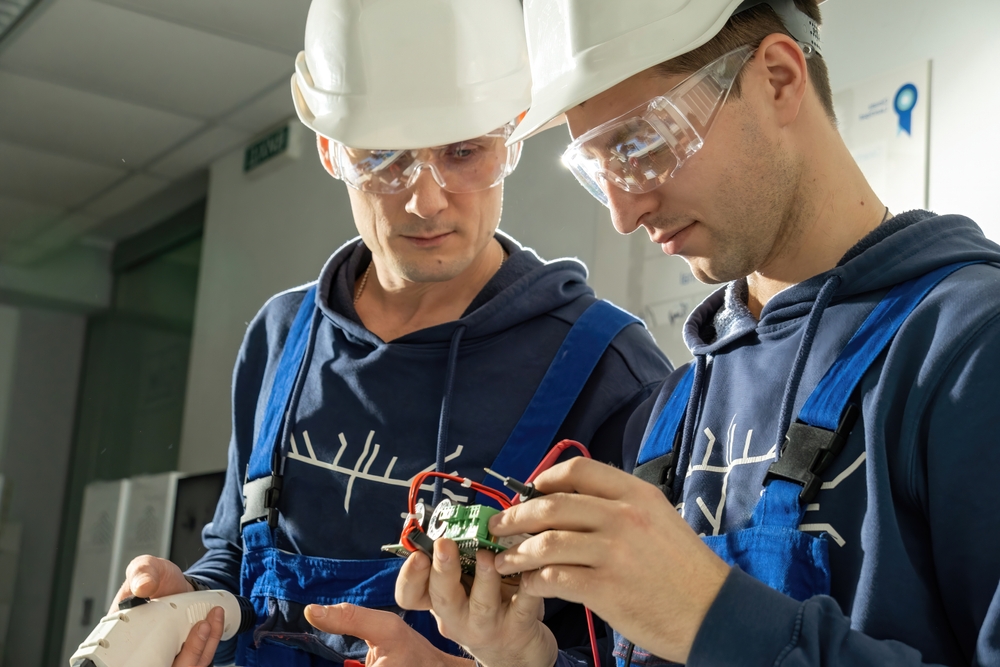
Improper installation of home charging stations can pose safety risks, including electrical fires and shocks. Always hire a certified electrician to install your home charger and ensure it meets local safety codes and standards to prevent any hazards.
Environmental Impact of Battery Production
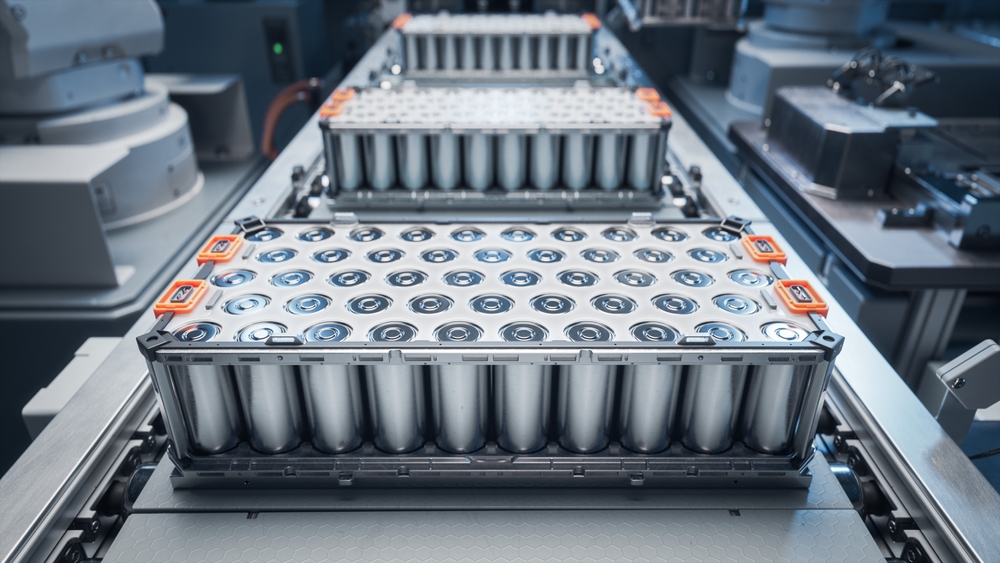
The production of lithium-ion batteries for EVs has a significant environmental impact, involving resource extraction and energy-intensive manufacturing processes. To minimize your overall environmental footprint, choose EVs with a smaller battery size that meets your needs and support recycling programs for used batteries.
This article originally appeared on MyCarMakesNoise.
More from MyCarMakesNoise
15 High Depreciation Cars You Should Avoid Buying
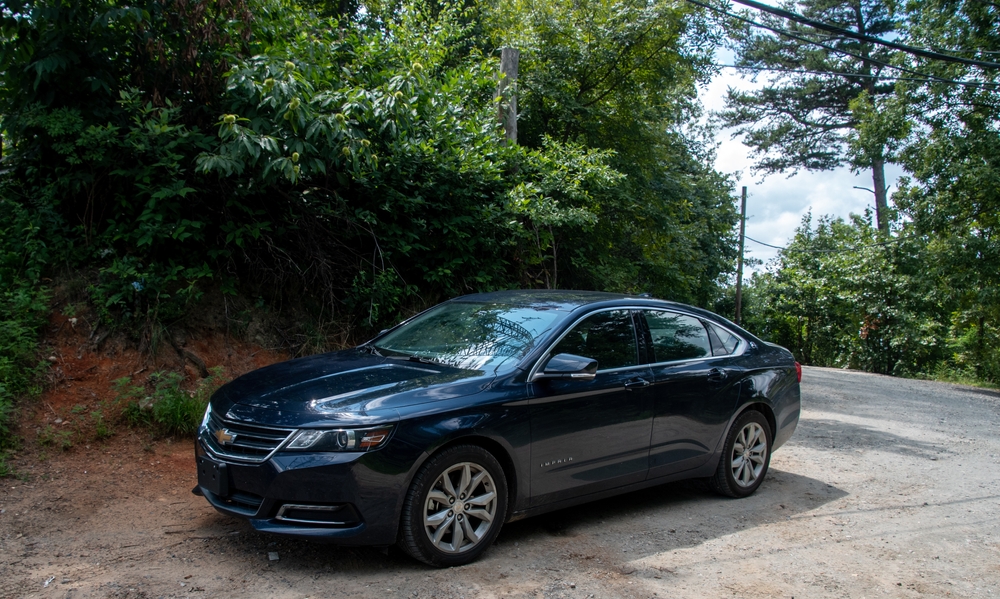
If you’re in the market for a new car, it’s crucial to think about how quickly it might lose value. Depreciation can make a significant dent in your vehicle’s resale price, influenced by things like the brand’s reputation, upkeep expenses, and overall demand. Read More.
18 Most Unpopular Vintage Car Designs
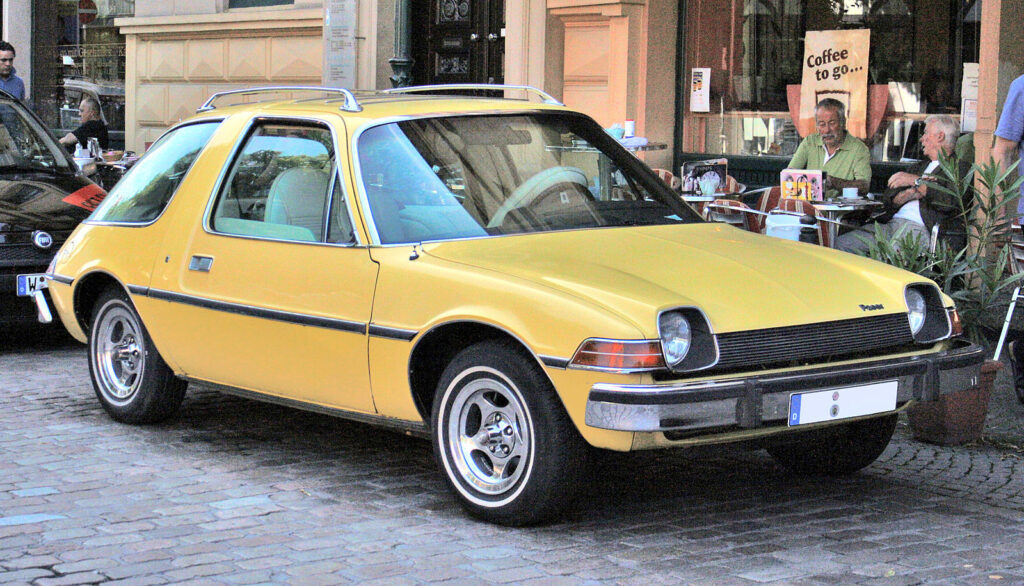
Vintage cars often evoke nostalgia and admiration, but not every design hit the mark. In this list, we explore the 18 most unpopular vintage car designs that failed to win over drivers and enthusiasts. Read More.
13 Essential Issues to Review Before Purchasing a Truck
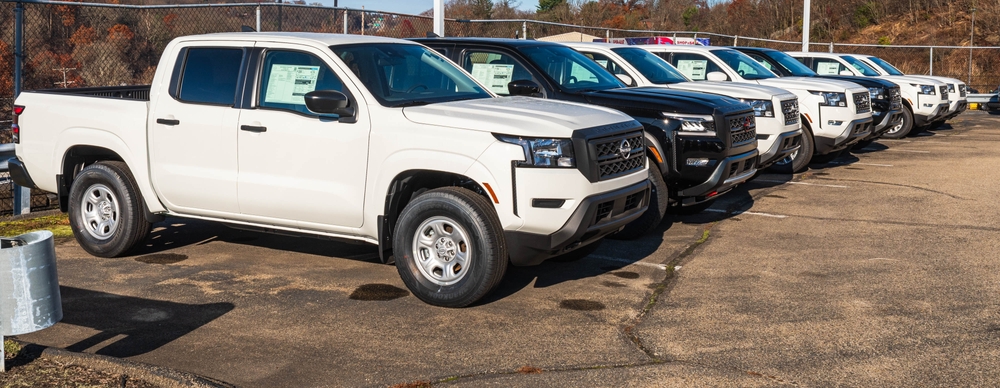
Trucks are often lauded for their strength and versatility, but they aren’t without their shortcomings. Understanding issues like lower fuel efficiency and the practical challenges of handling a larger vehicle can help you decide whether a truck is the right choice for your driving needs. Read More.














